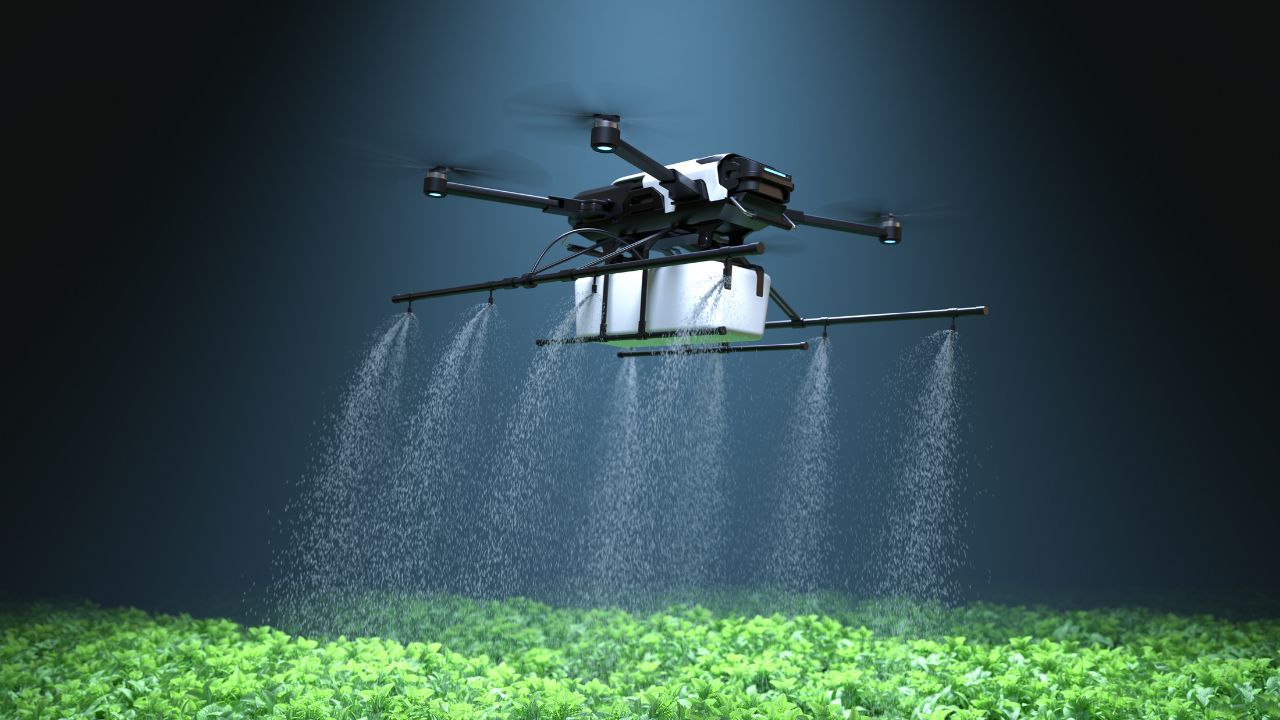The Delhi Cabinet has sanctioned a ₹3.21 crore investment in cloud seeding—a technique designed to stimulate rainfall by dispersing substances like silver iodide into the atmosphere. This initiative aims to cleanse the city's air by precipitating pollutants, especially during the high-smog winter months.
Cloud Seeding: The Mechanics Behind
Cloud seeding involves introducing particles into clouds to encourage the formation of raindrops. These particles serve as nuclei around which moisture can condense, potentially leading to precipitation. The process requires specific atmospheric conditions, including the presence of moisture-laden clouds, to be effective.
Read about: Why Starlink and Kuiper’s India Plans May Need a Rethink
A Mixed Forecast: The Expert's Reaction
While the initiative marks a proactive step, experts express reservations about its practicality. The Central Pollution Control Board (CPCB) highlights challenges such as low moisture levels in Delhi's air and the dependency on suitable cloud formations, which are often absent during this summer season. Additionally, concerns about the environmental impact of chemicals used in the process, like silver iodide, have been raised.
Click here to read about: From Warehouse to Window: Bengaluru's Drone Delivery Revolution
Cloud Seeding: Hope Amid Uncertainity
The Delhi government's decision underscores a willingness to explore innovative solutions to its pollution crisis. However, the success of the cloud seeding project hinges on favourable weather conditions and further research into its environmental implications. As the city awaits the outcomes, this move represents a significant, albeit experimental, effort to breathe cleaner air into the capital.




